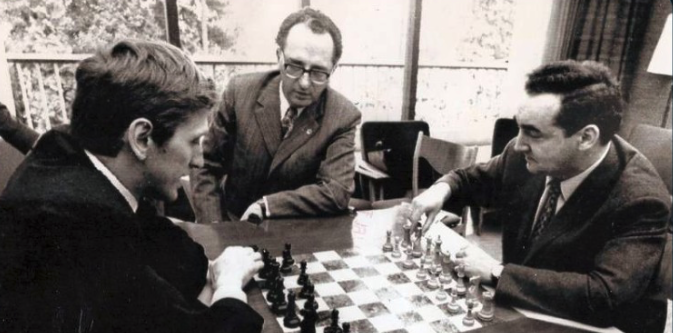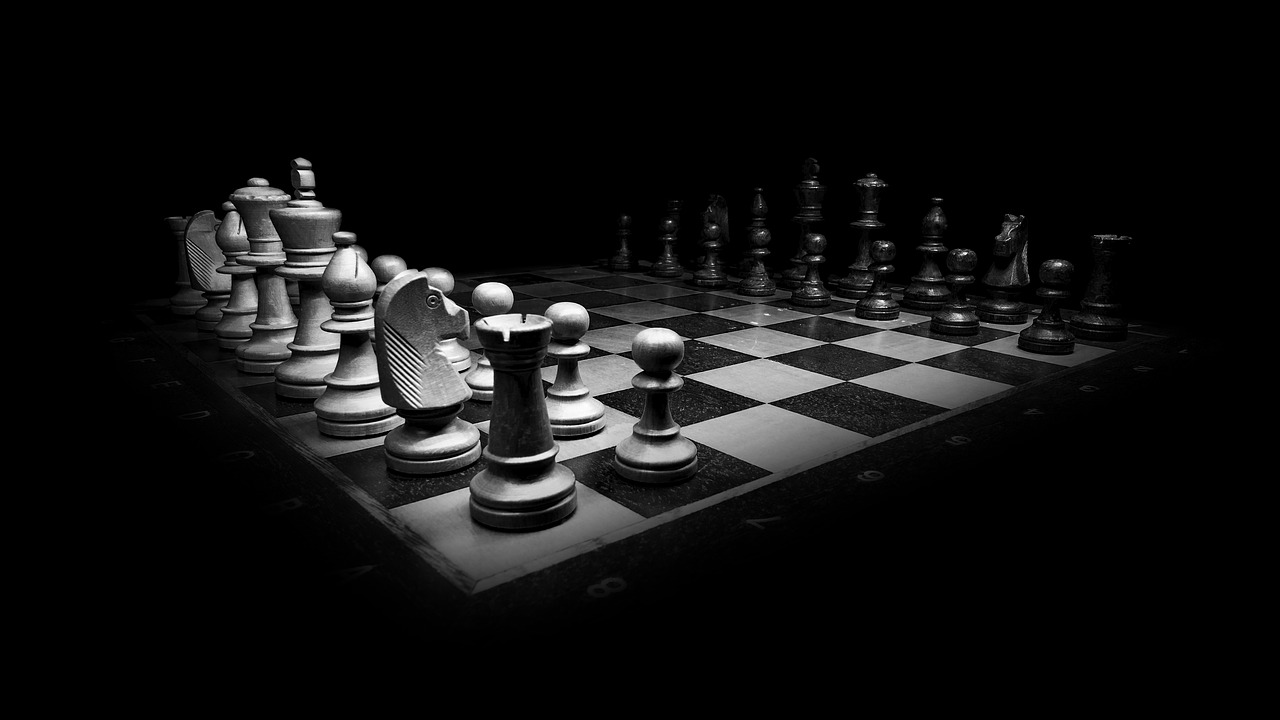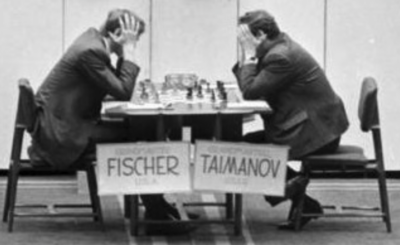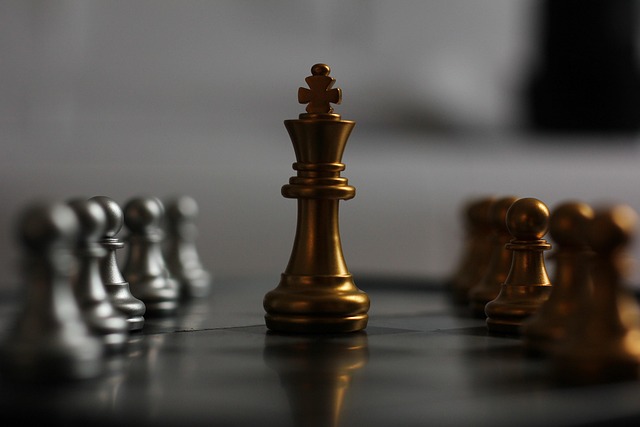In the quarterfinals, Bobby Fischer was set to play with Soviet grandmaster Mark Taimanov, in a ten rounds game match in Vancouver Canada, from May 16th to June 1st 1971. This was the first match that Fischer needed to win in order to advance to the semifinals. Two titans of the Sicilian defence met in this match. The Sicilian Taimanov, that is characterized by the moves 1.e4 c5 2.Nf3 e6 3.d4 cxd4 4.Nxd4 Nc6 leads to a solid, and dynamic play; it carries his name because it was employed by Mark Taimanov, and made it popular. The Sicilian Najdorf, was Fischer’s main opening against 1.e4 c5 2.Nf3 d6 3.d4 cxd4 4.Nxd4 Nf6 5.Nc3 a6, and leads to unclear, and sharp positions. The opening selection of both players demonstrated that they were playing to win each game, producing very exciting, and sharp positions.
Fischer’s overwhelming victory over Taimanov, it does not represent the true strength of Taimanov, he was amazing chess grandmaster, but it turned out that Bobby Fischer was connected with his inner elements, and Taimanov lack the connection with his inner powers in the most critical moments. Fischer’s determination to win on the chess board, will put any chess players’ skills to the test, you can see it in his eyes movements scanning the chess board quickly as he is deeply analyzing the position recognizing tactical, and positional patterns that were deeply impressed in his subconscious mind; he then, conceived the plan on how he will break his opponent’s chess position and ideas. Fischer occasionally place his attention to Taimanov, like if he was another chess board, reading Taimanov’s body language; after all, the person moving the chess pieces on the other side of the chess board was just across him, far enough that Taimanov’s thoughts vibration and thoughts waves could reach him. More information was gathered from Taimanov’s body language than the position on the chess board.
Bobby Fischer was at the top of his chess career and was playing flawless chess. After reading comments from both players, and trying to figure out why Taimanov lost this chess match with such devastating results, and after analyzing each of the six games presented; I could see Taimanov was facing the biggest challenge of his chess career. Chess is not just about deep calculations, and thinking fast, lets not forget about the psychological preparation of the chess player, and here is where Taimanov failed; in many positions in this match he suffered from analysis paralysis, and what I call the blind spot. In my quest to discover why these two mental blocks happen to chess players including myself in many occasions. I have come to the conclusion that chess is a representation of our inner world, our thoughts are powerful things that will bring an action, and a reaction in the outer world. Thoughts that are weak will produce bad results, and thoughts that are strong will produce good results, we all know this, so then, why is it that we still make mistakes and blunders? The answer is simple, and is caused by our inner verbal dialogue, during our thinking process we are using weak thoughts and negative words that are implanted in our subconscious mind, and the subconscious will bring forth to the conscious mind what we impress it with.
An example of a blind spot is on the fifth game, Taimanov took the pawn on f6 with 46.Rxf6?? blundering the rook. An example of analysis paralysis will be on the second game move 81…Ke4?? missing the opportunity to enter a theoretical draw position; because the white bishop, and the h-pawn are unable to queen the pawn. Another example of analysis paralysis happened on the third game move 20.Qh3!!. Taimanov went so deep into his analysis, and spent 72 minutes on this move and deep calculations, but could not see a way to win the game; he knew that the move 20.Qh3!! was the best move, but ended up playing 20.Nf3. If he could only have said to himself; I will choose 20.Qh3!! because this move keeps the tactical possibility for both of us, I will choose 20.Qh3!! because the retreating my knight from g5 will leave my previous idea on move 19.Rc6! to be wasted, and finally, I will play 20.Qh3!!, and wait for Fischer’s response; in the meantime, I evaluate the position further on his clock time.
It is of great importance to pay attention to our inner dialogue before the game, and during the game while analyzing the chess positions on the board, keeping the our internal conversation positive, and to remember that negative emotions and negative thoughts destroys and positive emotions and positive thoughts creates.
I am so happy and grateful to present to you the next six valuable chess games of this match and hoping that the positive impression they caused on me, and my personal growth as a chess player will also do the same to you.

Game 1
In mutual agreement both players enter the classical King’s Indian defence, and after the moves 8.d5 Ne7 they set the tone of the game with a closed centre. In such positions with the centre closed the expansion, and breakthrough will be on the flanks. Fischer will play in the kingside, and Taimanov will try to take the initiative on the queenside. Both players are very aware of the strategic theme, and strategic plans of the position, and feel confident that their opening decision is good enough to obtain the victory. In move 9. Bd2 was played by Taimanov; however, we have other strategic plans that I would like to mention;
- 9.b4 a direct strategic plan to expand on the queenside and get in contact quickly to disrupt the opponent queenside and take the initiative.
- 9.Ne1 with the strategic plan of locking the centre with f3 and to continue with the idea of queenside expansion with b4. The knight on e1 is ready to be move to d3 and support the queenside attack.
- 9.Nd2 with the strategic plan of locking the centre with f3, and to continue with the idea of queenside expansion with b4. The knight on d2 is ready to move to b3 to support the queenside attack. When the white pawn is moved to c5 the knight on d2 can be moved to the c4 square.
Fischer wasted no time to expand on the king side with the move 9…Ne8, and 10…f5. In the third game of the match both players played the same position, and Taimanov tried an improvement on the eleventh move with 11.Qb3! instead of 11.exf5. The critical moment in this game one was on move 27.h3, considered by many grandmasters as waste of a tempo, and the moves 27.Bb5 and 27.Ba6 were recommended. Taimanov considered 27…Ng4 a threat, and decided for 27.h3?!. The second decisive moment was on move 36.Nd4?; Taimanov said that this knight retreat cost him the game. Better moves were 36.g4! supporting the knight on f5, and 36.Ng3 suggested by Kasparov. Taimanov adjourned the game after the sealed moved 41.Bg4, but later resigned as he said the position was lost, and there was no point to continue with the game.
Game 2
Both Taimanov and Fischer were the experts on the Sicilian defence. In this game the Sicilian Taimanov was played and after move 8…Qa5+?! Taimanov fell into Fischer’s opening preparation with 9.Qd2!. Taimanov had to defend a difficult ending, Fischer exploited the position beautifully, he pressed for a positional advantage, and delayed the pawn capture. In game six of this match Taimanov played the move 8…Be6 that leads to main lines in this position. The move 12.N1c3 was an idea that Bobby Fischer first saw in a monograph from the Soviet grand master Alexander Nikitin during his home preparation for this match.
This game is a gem because we get to see the life of a chess player in a single game, we get to see the fight for the initiative, the art of defending difficult positions, and finally our subconscious mind sending the wrong impression of reality to our conscious mind, missing the opportunity for a win or a draw, and sure enough out of Taimanov’s hands the draw slipped. I called this phenomena the blind spot, a distortion of reality caused by our internal verbal thinking when using negative words during our internal dialogue while evaluating, and analyzing the position. The subconscious mind will bring forth what we impress it with. The result is analysis paralysis a total disconnect from the position on the board exposing us to blunders and mistakes.
Game 3
In this game both players played the King’s Indian classical, and repeated game one 1.d4 Nf6 2.c4 g6 3.Nc3 Bg7 4.e4 d6 5.Nf3 O-O 6.Be2 e5 7.O-O Nc6 8.d5 Ne7 9.Bd2 Ne8 10.Rc1 f5 11.Qb3 was tried by Taimanov instead of 11.exf5. The move 11.Qb3! is a very profound idea by Taimanov, it prepares the c5 pawn push, and leaves the queen ready to swing to the kingside to support a potential kingside attack. The central pawns exchanges were carefully executed by Taimanov to support 11.Qb3; starting with 12.exf5 and 14.f4 with the idea of 15.fxe5. The crucial point of the position started with 19.Rc6!, leaving the knight on g5 hanging but with a drop of poison if captured.
The second crucial point in the position was on move 20, and perhaps this was crucial game of the match for Taimanov. White achieving a great position, during the game Taimanov evaluated the position as winning for him; he spent a lot time evaluating the move 20.Qh3!!, or to retreat the knight on g5 to f3. He could not find any concrete way of winning with 20.Qh3!! after spending 72 minutes on his clock and opted to play 20.Nf3. He later shared the line that leads to a better position with 20.Qh3!!; he also admitted that losing this game led him to lose the match eventually.
Game 4
In this game Taimanov changed his move order in the Sicilian defence after 4…Qc7 deviating from game two. Fischer opted for the fianchetto variation with 6.g3, both players had a lot of experience in this position. Taimanov adjourned the game with the sealed move 42…Kd8? that leads to the exchange of the rooks, instead 42…Rf6 was better to avoid the exchange of the rooks. Without the rooks the white king infiltrates the queen side gaining a space advantage.
Game 5
In game 5 Fischer played the Grunfeld defence. Fischer had a good opening position and quickly equialized early in the opening. The game was adjourned by Taimanov on move 41.Rd1, and on move he blundered with 46.Rxf6??.
Game 6
Taimanov tried improving his Sicilian opening from the second game move 8…Qa5+, instead he played 8…Be6; this last move leads to main opening lines. In the final match against Petrosian in Buenos Aires 1971; Petrosian made an improvement in this opening with 11…d5! instead of 11…Nd4 played by Taimanov in this game.



